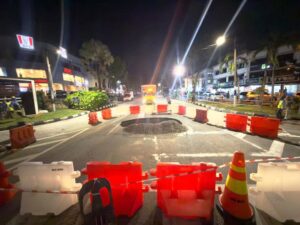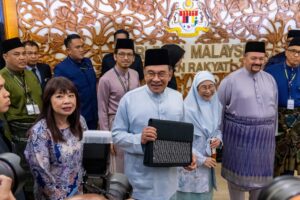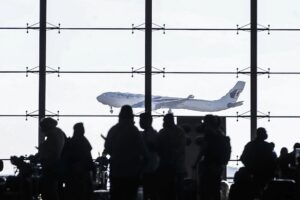KUALA LUMPUR, Nov 1 — The Asean Defence Ministers’ Meeting (ADMM) opened yesterday with little fanfare, a stark contrast to the pomp and pageantry of the Asean Summit earlier this week.
There were no road closures or traffic holdups in the capital, and for most Malaysians, it was just another Friday.
Inside the Kuala Lumpur Convention Centre (KLCC), however, the region’s defence chiefs swiftly endorsed a record 20 initiatives within two hours, shaping the future of regional security.
A flurry of bilateral meetings also took place on the sidelines, including between Malaysia and India, as well as the signing of a defence pact with Timor-Leste.
The United States (US) and China also held talks, led by US Defence Secretary Pete Hegseth and Chinese Defence Minister Admiral Dong Jun, as ties between the two powers continued to thaw following Thursday’s trade truce.
Here are some key takeaways from the ADMM:
1. Asean’s diplomatic power is expanding
Asean is often criticised as an organisation that lacks military might and the political will to intervene in regional disputes.
However, Defence Minister Datuk Seri Mohamed Khaled Nordin said yesterday that the bloc now wields a stronger “convening power” — owing to the Asean way of non-interference, consensus-building and peaceful settlement of disputes.
Under Malaysia’s chairmanship, the bloc brought Cambodia and Thailand back to the negotiation table for a comprehensive ceasefire deal known as the Kuala Lumpur Peace Accords.
It also secured China‘s consensus to expedite the long-standing Code of Conduct (COC) on the South China Sea.
Defence chiefs said the bloc’s ability to bring together opposing parties for dialogue — its so-called “convening power” — is increasingly being recognised, with more countries engaging with Asean because of this approach.
2. US for security, China for prosperity, and India for innovation
The ADMM has also helped define the roles — or at least Asean’s perception of them — among the major powers competing for influence in the region.
On Thursday, Khaled described the US as a “proponent of security” in the region, with ministers signing off on a joint declaration confirming plans to hold Asean-US military drills this December.
At a luncheon with Chinese defence chief Admiral Dong yesterday, Asean lauded China as a “critical promoter of global prosperity” tasked with upholding international law, promoting mediation and preventing conflicts.
Later that day, Asean hailed India as a “global brain trust of scientific innovation and knowledge” that could help strengthen regional self-reliance in defence.
3. Focus shifts to non-traditional threats, but traditional norms stay
Friday’s meeting also saw Asean move beyond traditional military disputes to address non-traditional threats such as cyberattacks and digital manipulation.
The region is now seeking India’s expertise on cyber defence, though details of the cooperation remain under wraps.
Defence ministers are also expected to sign off on a joint declaration on artificial intelligence (AI) — the first of its kind by a regional bloc — in the coming days.
However, Asean remains committed to preserving traditional norms, especially those that have long defined the bloc’s identity.
One such principle is keeping South-east Asia nuclear-free — a stance Khaled reaffirmed yesterday following US President Donald Trump‘s recent order for America to resume nuclear weapons testing.
Asean leaders first pledged to keep the region free of nuclear and other weapons of mass destruction in 1995, and three decades later, their successors intend to continue honouring that promise.





